|
Do you find yourself constantly using other people's photographs as references when creating art? Have other people's comments about this being wrong ever made you feel guilty or less of an artist? Are you constantly making sure to do whatever you can with your time and resources to move your artistic progress forward or do you frequently go for what's most convenient? Sorry to burst your bubble people, but artists use references to create artwork. All types of references! And there's nothing wrong with that. I see a lot of confusion and guilt on part of beginner artists who have been led to believe that using references is wrong. There's also a prevailing myth (usually thought by beginners and non-artists) that says that artists simply must be able to create art from imagination and using no references at all.
Being able to create engaging artwork using a reference photograph (or whatever type of reference for that matter) is not easy. It requires a deep understanding of Art Fundamentals, as well as a lot of previous practice with artistic media. Not to mention the ability to recreate, by hand, what is being taken in through the eyes. It requires serious observational skills, analysis, patience, and whole lot of effort. I get comments myself from adults that believe that, since I'm an artist, I can probably draw anything from knowledge/imagination. I probably can. However, I won't end up with the aesthetic I'm generally going for with my art. If I don't have a visual reference to work from as I am creating my drawings or paintings, I'll end up with something too cartoony for my taste. Having a reference ensures that I won't forget important characteristics or details that I would like to include. There are artists out there who have the ability to create amazingly realistic drawings from imagination. This is usually because they have practiced and studied specific subjects for years, which has allowed them to understand the structure of what they are drawing/painting fully, form a visual library in their minds that covers important characteristics, and even developed muscle memory to recreate shape and line easily. All this said, I always stay away from tracing and creating exact replicas of photographs. This is ok when an artist is just starting out (or if its intentionally what you're going for), but as soon as basic observation/drawing skills are attained, I always encourage drawing freehand and using references as something to loosely base drawings or paintings off of. Some of my favorite artists in history used reference images: Norman Rockwell Alphonse Mucha Henri de Toulouse-Lautrec Notice how all of these artworks are intentionally modified, added to and even distorted in order to communicate ideas more effectively. The final artwork, in my opinion, is far more visually appealing and expressive than the original reference image. This is what we should strive for when using photos as references, whether they are your own or not.
To finish up this (very long) introduction, I want to tell beginner artists out there to not let anybody make you feel guilty or like less of an artist for using references!
Just make sure you are keeping any studies that could get you in trouble to yourself and that you have permission to use photographs when you are thinking of sharing your work (especially online). Just be smart about it and keep challenging yourself to improve. Using Other People's Photographs to Create Art Using other people's photographs as references for drawings or paintings is frowned upon by many people for obvious reasons. The main idea here is that, for an artwork to be truly your own, everything has to have originated from yourself as the creator, from idea, to planning, to execution. If you didn't build it from the ground up, then it isn't totally yours and it's not completely original. As with everything else in life, there are many points of view pertaining to this. Whether its right or not could be debated until the cows come home. What's important for you to know is that there are all different types of artists out there. There are some who only paint from life, taking days to set up their shadow boxes in their studios. There are some who enjoy working in plein air, leaving their houses and setting up in parks or in the street to paint scenery as people walk around them. Others create collages using magazine and newspaper cutouts or ready-made supplies. The list goes on and on, and there will always be opinions about what is right or wrong, or better. It is up to you and only you to discover what types of media and techniques you'll use to get your message out into the world. Everyone has particular tastes and different creative processes. I prefer to keep an open mind about it and don't define anything as being right or wrong. As long as you are being respectful towards others and are doing everything in your power to create original artwork that comes from your own mind and heart, it's all good. All this said, this method is going to bring you less artistic growth when compared to any of the others because you are limiting yourself to using a photograph that already exists, so I suggest making time to create your own reference library to have at hand and drawing/painting from life whenever possible. If you're only using other people's photos because it's easier, then you are only going to grow so far.
For a full list of my current favorite art supplies, go here.
Stay out of trouble when using other people's photographs! Follow the recommendations below to ensure you're always being safe and that you're progressing artistically.
2 Comments
2/10/2021 07:21:02 pm
You made a good point when you shared that everything has to have originated from the artist himself as the creator for an artwork to be truly his. A friend of mine just mentioned the other day that she has always wanted to have a piece of artwork for her wedding day so she can hang it in her new house. I will suggest to her looking for a reliable artist who can draw the moment live during her big day.
Reply
2/17/2021 12:28:15 pm
Hi, Taylor!
Reply
Leave a Reply. |
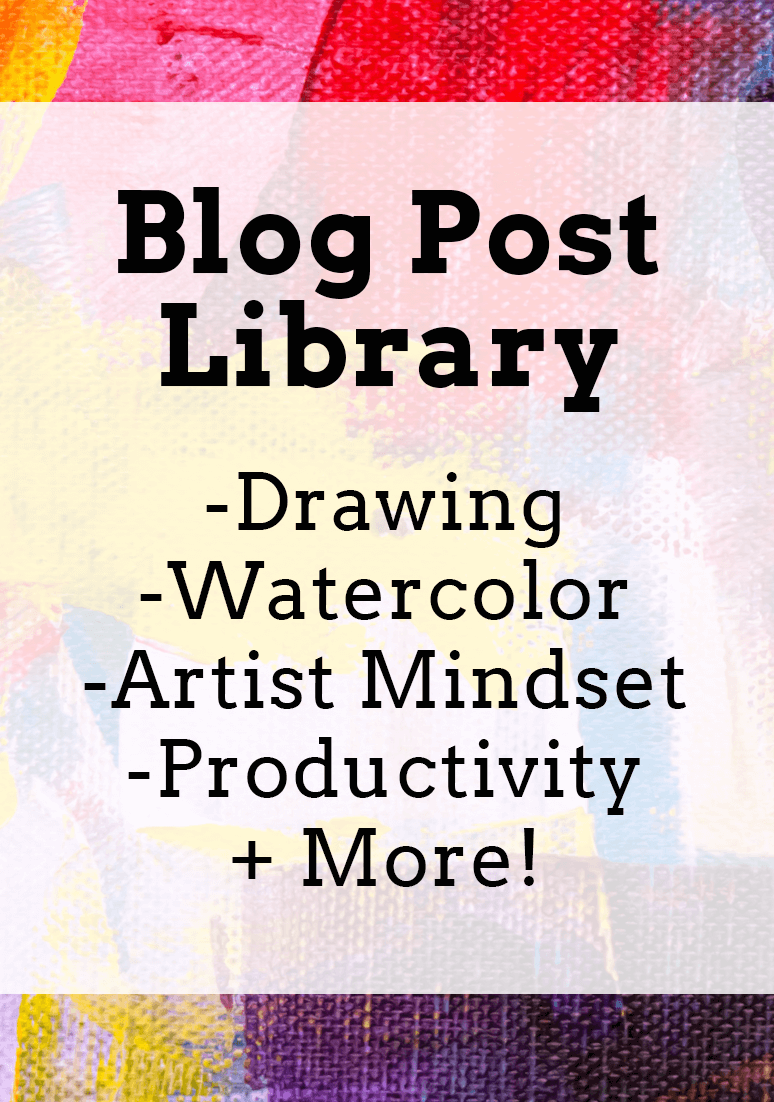
www.erikalancaster.com
is a participant in the Amazon Services LLC Associates Program, an affiliate advertising program designed to provide a means for sites to earn advertising fees by advertising and linking to amazon.com. www.erikalancaster.com is a participant in the Shareasale.com Affiliate Program, an affiliate advertising program designed to provide a means for sites to earn advertising fees by advertising and linking to Shareasale.com partner companies. |

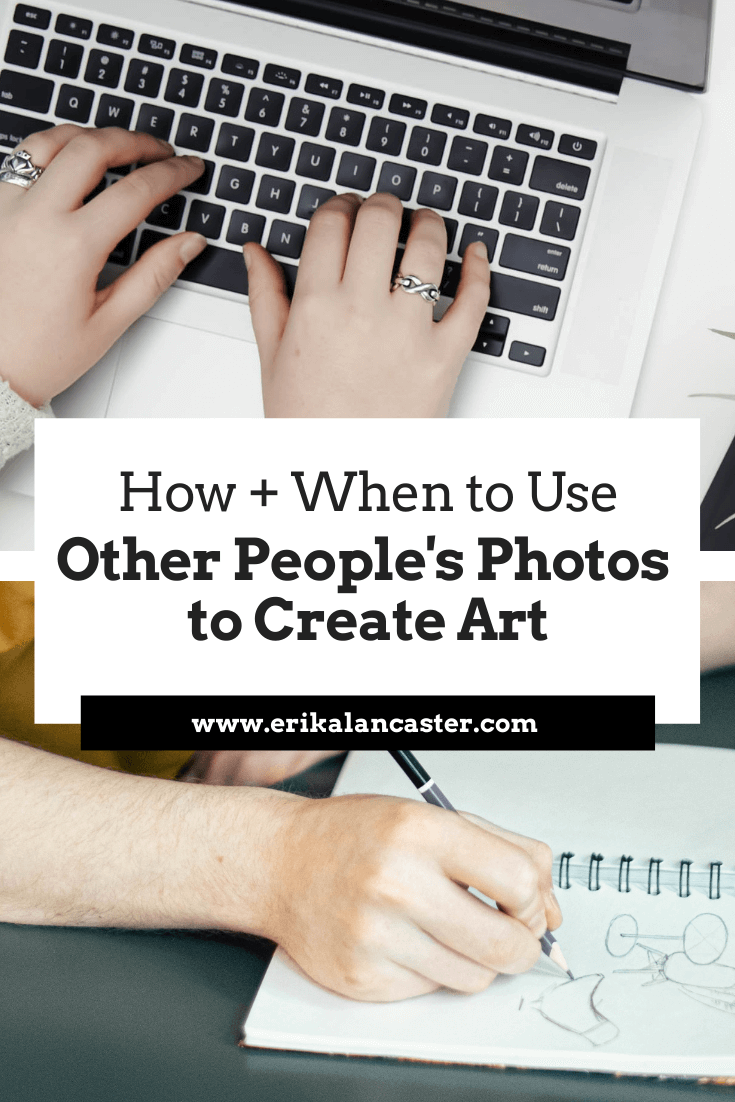
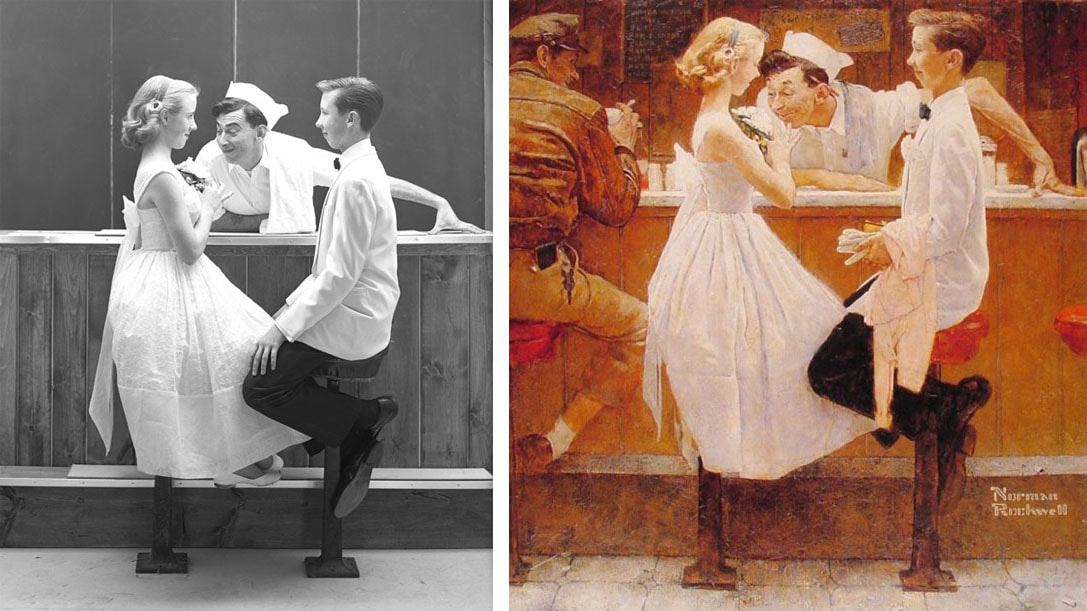
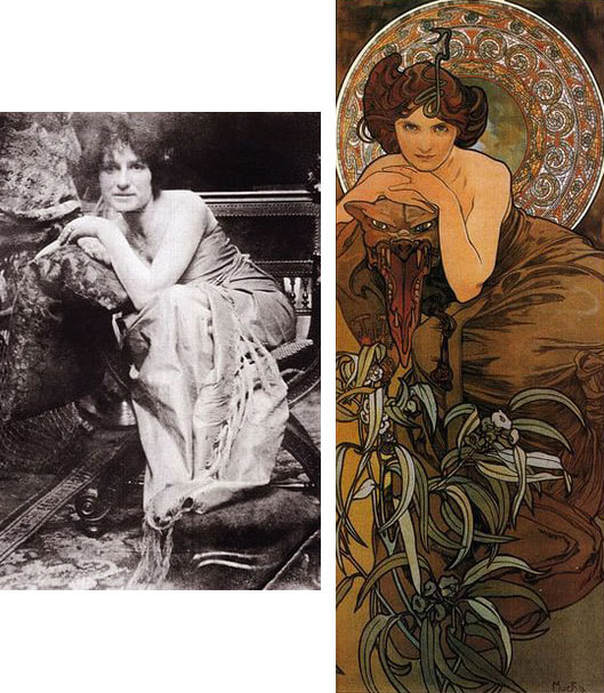
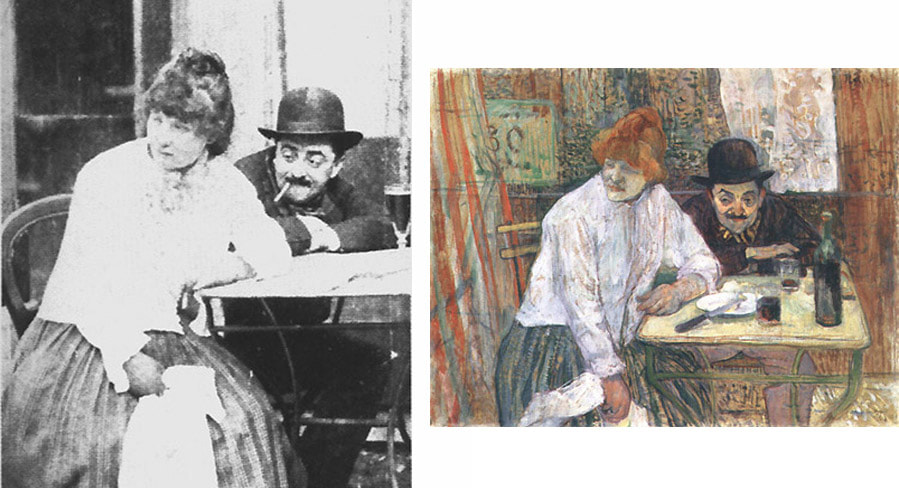
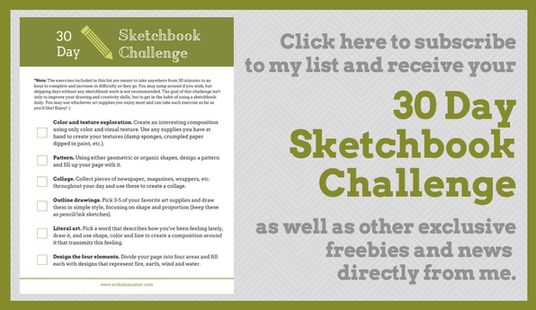
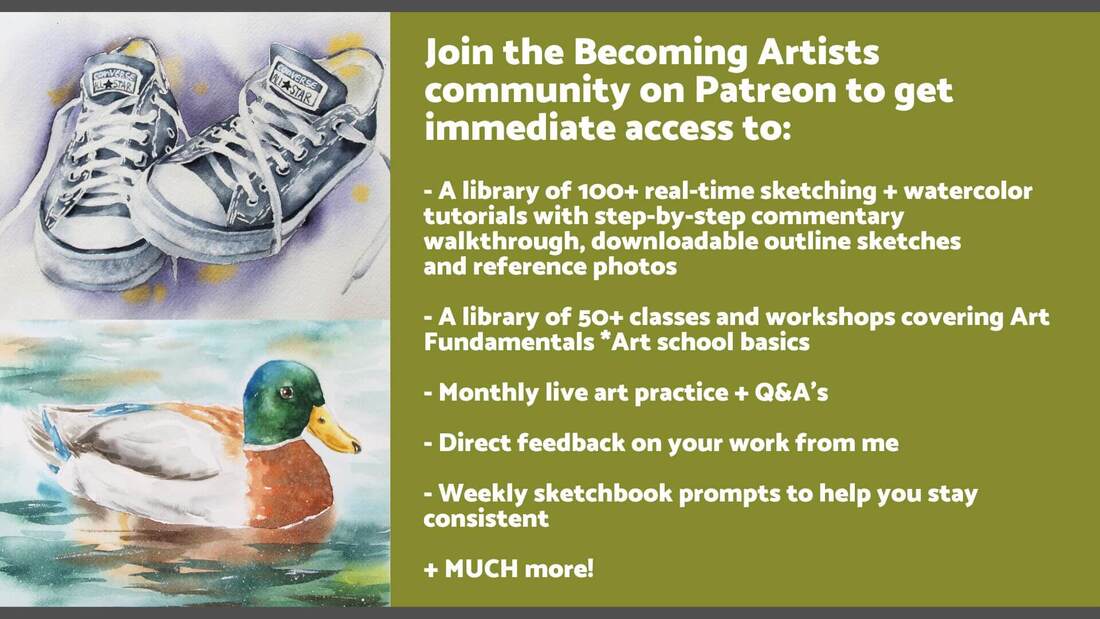
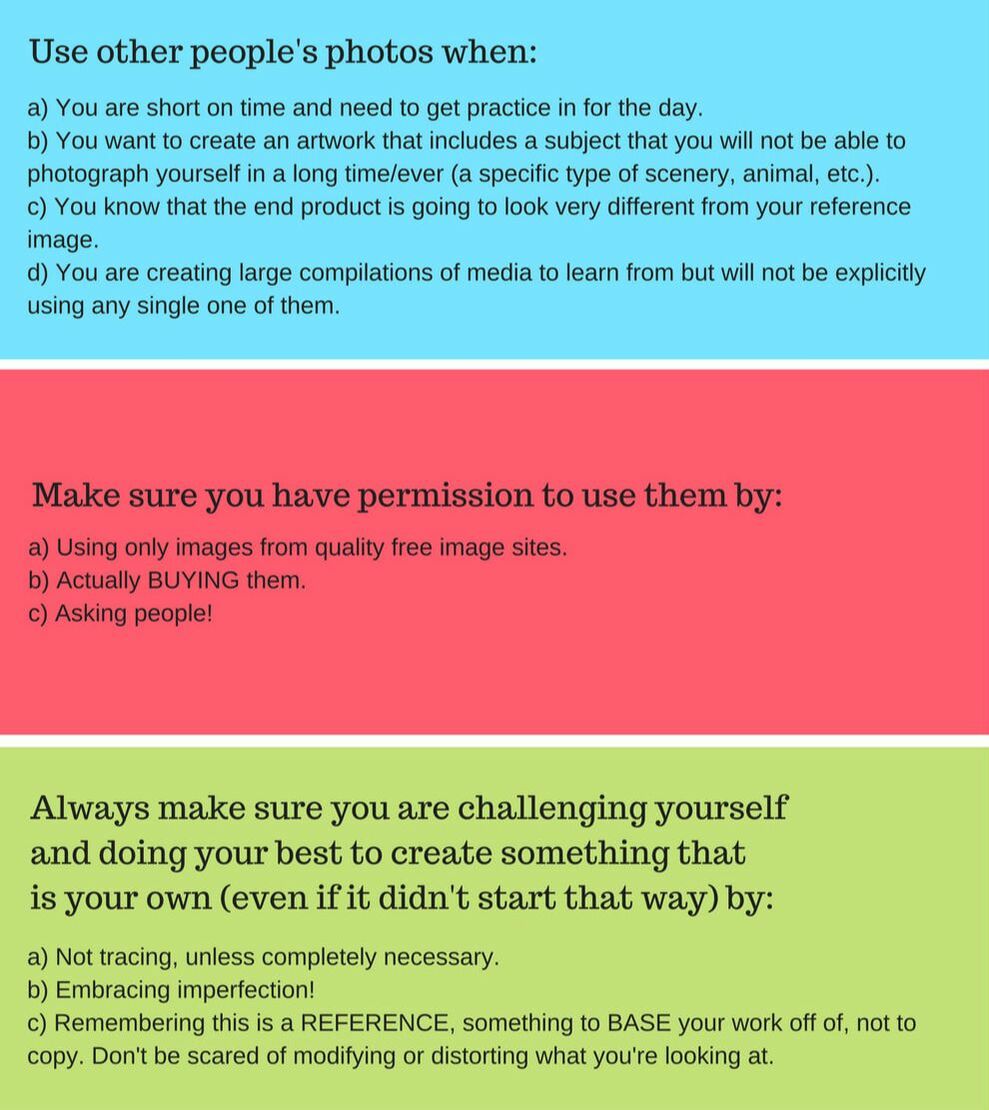
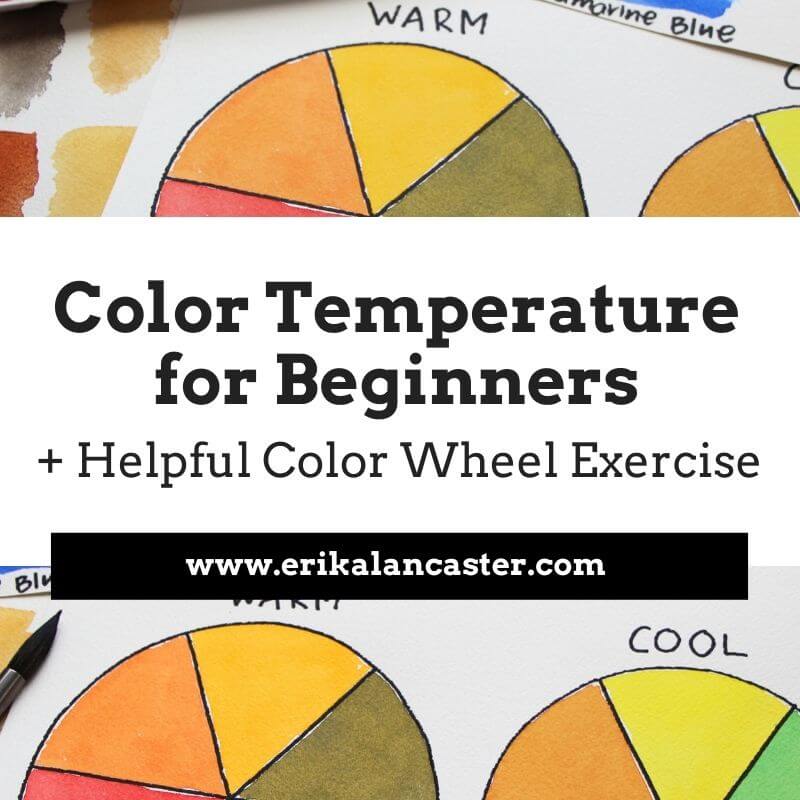
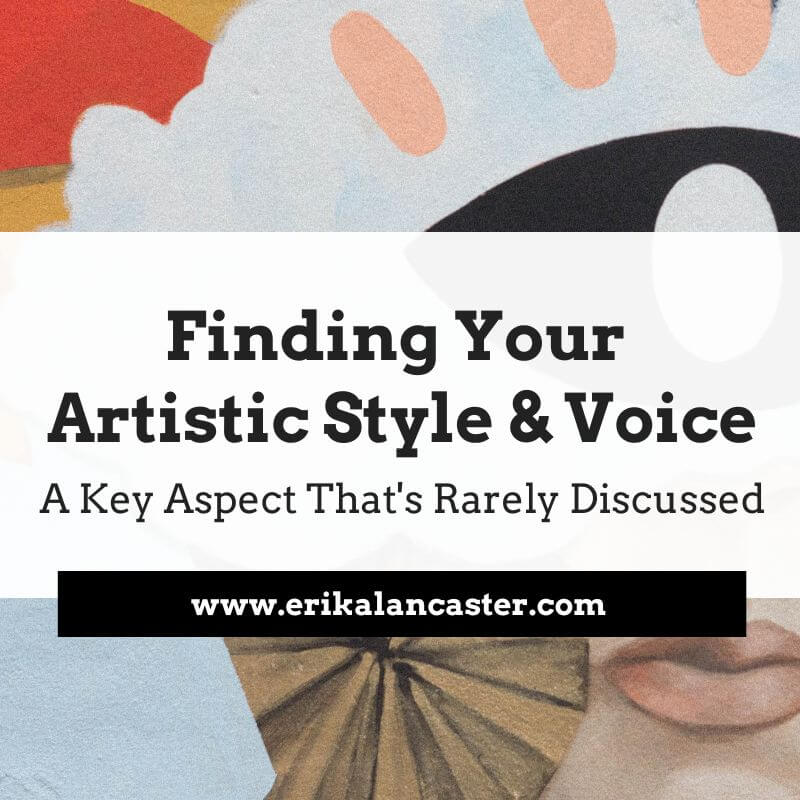
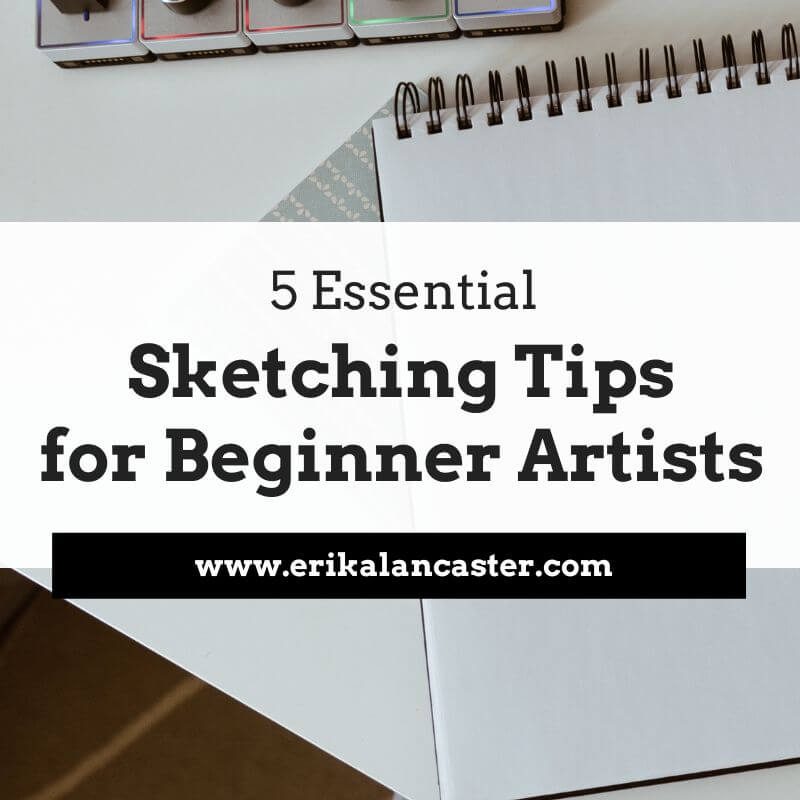
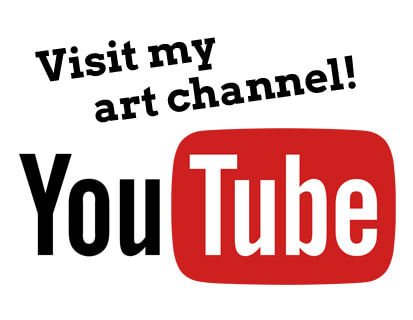
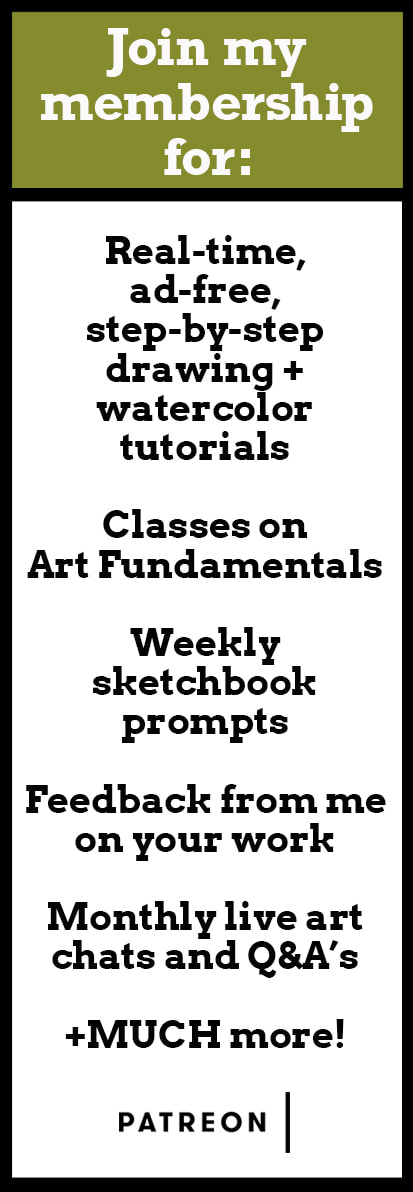
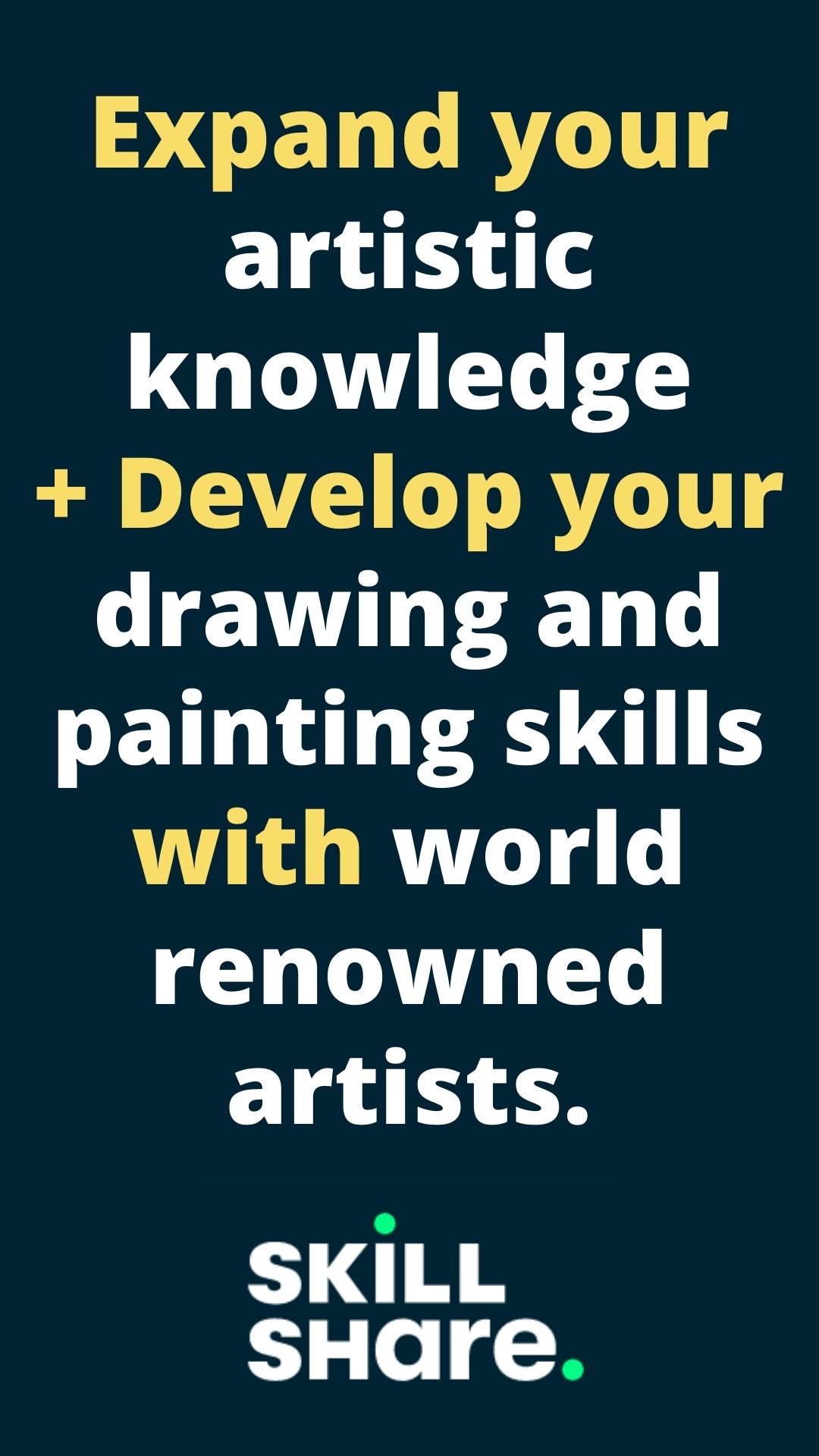

 RSS Feed
RSS Feed

